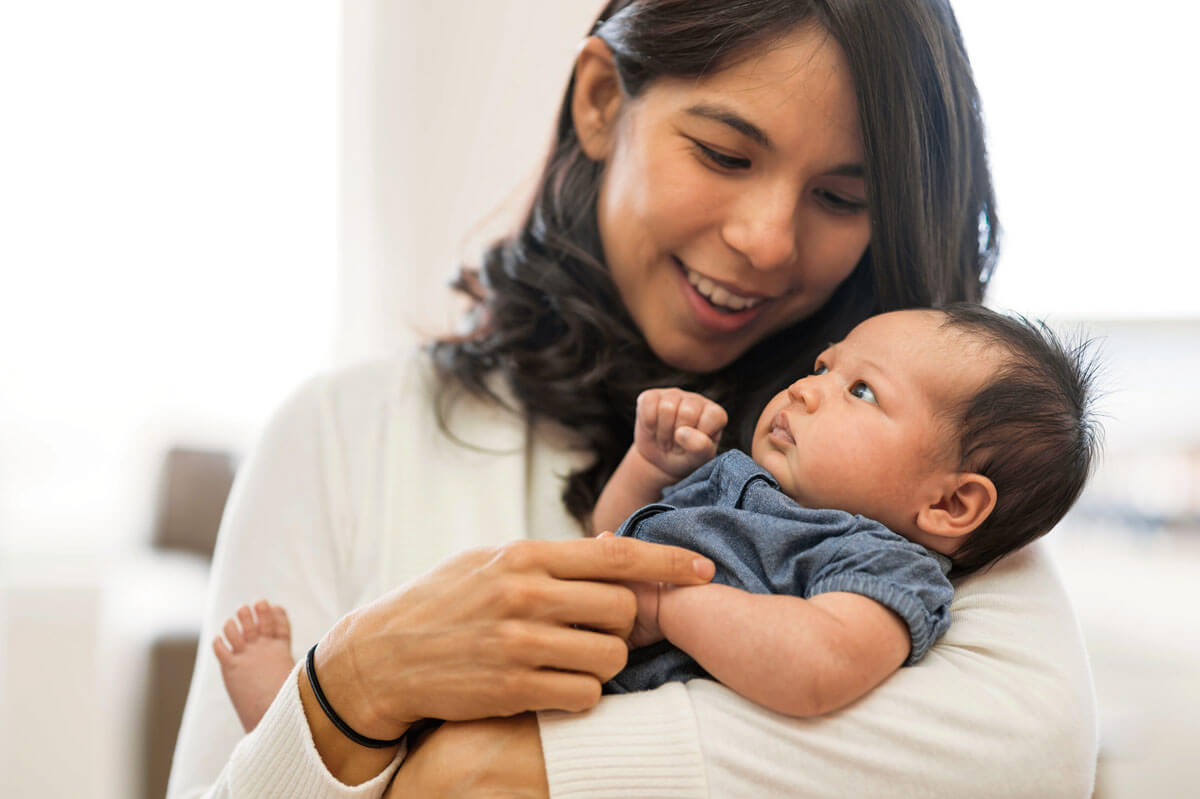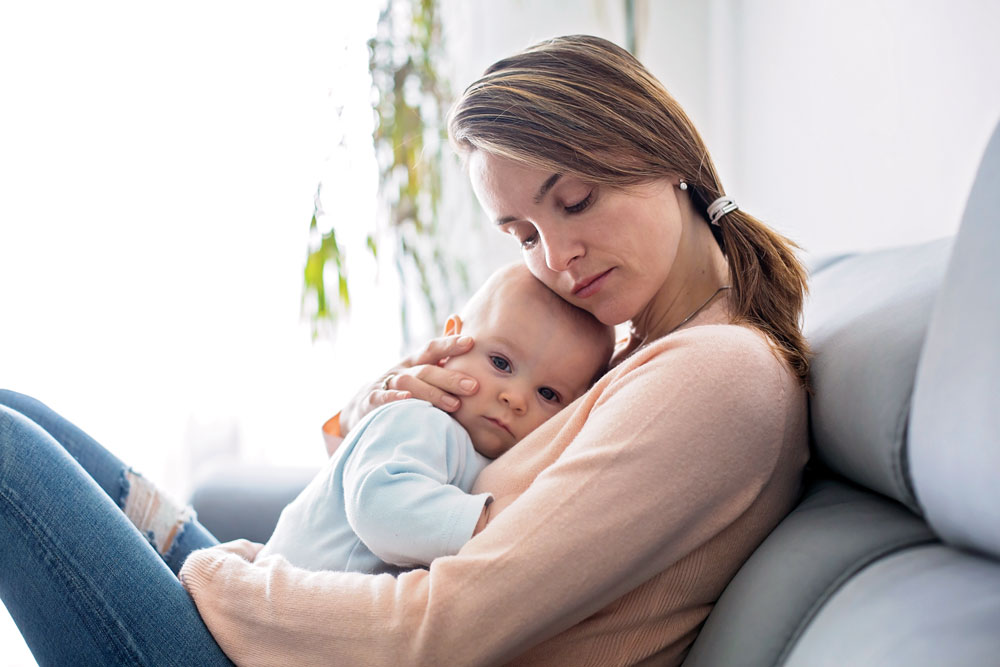What is your baby telling you?
- Home
- Ellyn Satter
- Newborn / Infant
- Frequently Asked Questions
- What is your baby telling you?


How does your baby tell you when she is hungry?
How does she tell you when she is full?
How does she tell you when she wants go to bed?
Of course, your baby doesn’t talk. But she has ways to show you how she feels and what she needs. Use these signs along with what you know about when she last ate and slept to figure out what she is telling you. It won’t be long until you know her well. Then you will understand better than anybody else what her signs mean.



© Ellyn Satter
HAND EXPRESSION
How it works
Use your hand to gently massage and compress your breast to remove milk.
What’s Involved
Average Cost
Free
Side-Lying Hold
This hold is useful when:
Cross-Cradle Hold
This hold is useful when:
Clutch or “Football” Hold
This hold is useful when:
Cradle Hold
This hold is useful when:
Laid-Back Hold
This hold is useful when: